Location scouting is an essential step in photography. I used to think that professional landscape photographers were always lucky.
In fact, they knew the area like the back of their hand; they had spent countless hours wandering and studying the place.
Location scouting, if done the right way, can radically improve your photography.
In this article, I’ll explain why it’s important and what tools you can use to collect important data about your location.
What is location scouting and why is it important?
Site scouting is the process of researching a particular area to gather necessary information about the place you are going to visit. You can do it online or on the ground. I usually do both to gain a broad knowledge.
If you scout locations effectively and explore the area before your visit, you’ll be familiar with weather, light, and terrain conditions.
Improving your site selection skills is crucial. I can assure you that it will make your photos more beautiful. I believe it is a fundamental step in photography.
Let’s look at an example.
I was planning a trip to Arantejo in Portugal. So I searched Google Maps for interesting rock formations along the coastline.
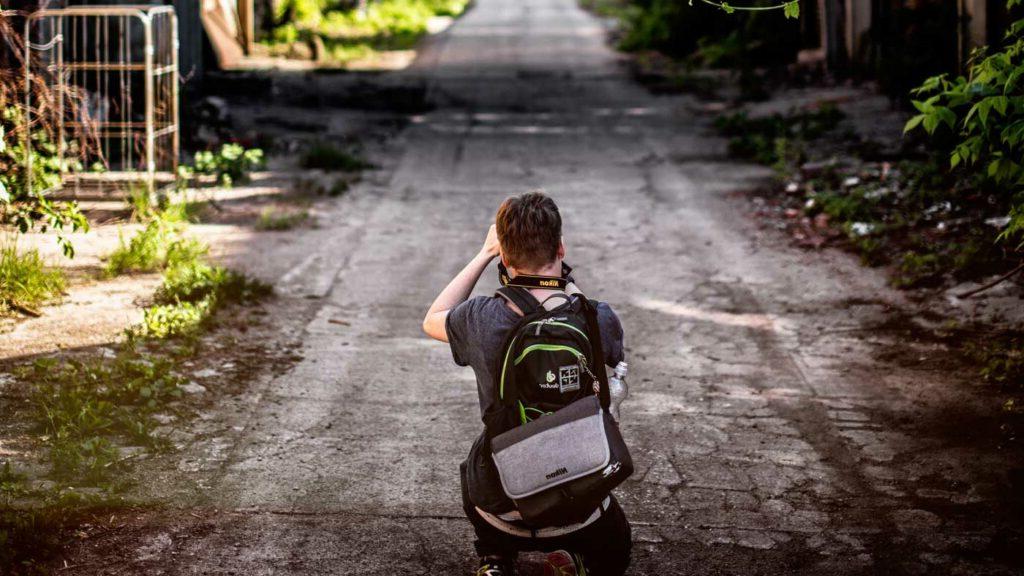 Site Survey
Site Survey
I found this promising beach so I kept looking. Once I had all the necessary light and weather data, it was time for me to visit. I arrived early and had time to explore the scene a bit.
The location is still the same, but I survey the area and change the perspective. Once I find an exciting foreground that matches the background, I just wait for the sunset.
If I hadn’t searched this place online and spent 3 hours walking on the beach, I probably wouldn’t have taken decent photos now.
Before I talk about location scouting tools, I need to tell you a story about a failure of mine that completely changed the way I conduct research today.
My failure story
This happened in the Dolomites. I had never been to this place before. I had only seen some amazing photos on social media. It is truly a magical place.
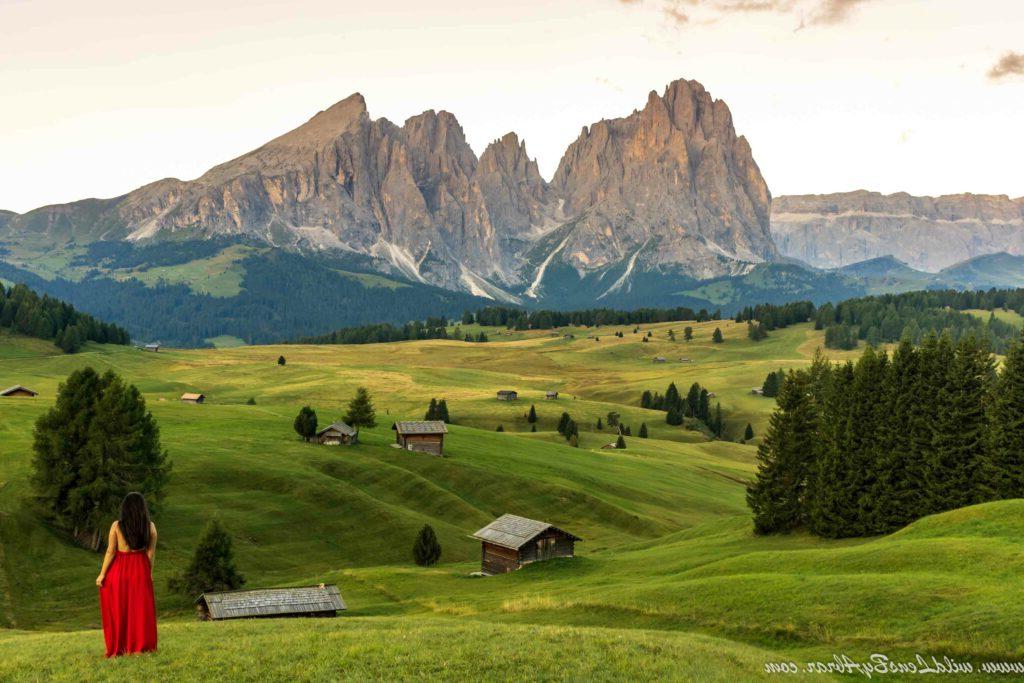 Dolomites, Mount Siusi
Dolomites, Mount Siusi
So I decided to visit during my trip to Italy.
We woke up at 2am to photograph the mountains at sunrise. After 3 hours of travel, we finally reached our destination but had no idea where we were. It was dark and there were hills all around us. We couldn’t even see what we came here for: the mountains.
And it gets worse.
We found a nice viewing platform just before sunrise, but the rising mist completely obscured the view of the peak. Beyond that, there were electric shepherds everywhere, so we couldn’t roam freely.
 Lack of site investigation
Lack of site investigation
Since we had not surveyed the site well, various problems arose.
At this point, I decided to master location scouting skills before my trip.
With the help of some simple tools, you can do this too.
So let’s get started right away.
Getting the right light
Before I show you the lighting tools, I feel it’s important to explain the atmospheric properties that create a beautiful sunrise or sunset.
There’s no better way to explain this than with an example:
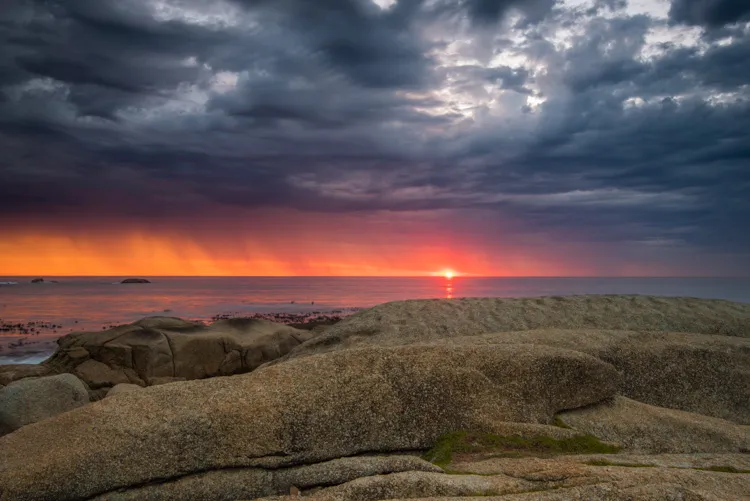 Location Survey Sunset Explanation
Location Survey Sunset Explanation
On top of that, the path that light takes is longer when the sun is setting, and shorter when the sun is at its highest point. Therefore, the air is thicker at sunset, and the light takes a longer path to travel, changing the color of the sunset.
So the sun is our light source and the atmosphere is our filter, causing the colors to become redder before the sun sets below the horizon.
To enjoy a beautiful sunset, we need two more things.
First, we need clouds above our location to receive the orange and red light.
Secondly, we don’t need clouds on the horizon because clouds will block the sun. Therefore, we won’t see a beautiful sunset.
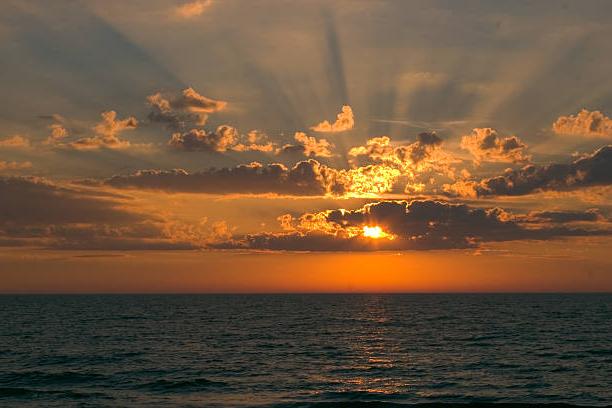 Clouds blocked the light of the setting sun
Clouds blocked the light of the setting sun
Now we know how the sun paints the sky.
Now it’s time to check the tools.
Solar Calculator
Suncalc will tell you the position of the sun. Search for your location in the left sidebar or drag the map to locate a point.
 Sun Computing Network
Sun Computing Network
There is also a timetable at the top of the page. It predicts when the sunrise or sunset will occur. So you can plan your trip precisely.
In addition to this, you can also select any date. Select a day in the future or past and see how the sun will rise or set. This is a very unique tool and I use it often.
Now comes the fun part, let’s check the quality of the sunset.
Sunset WX
This is my personal favorite; Sunsetwx will tell you the quality of the sunrise or sunset. So you can plan which conditions are better for your scene. It’s pretty awesome. I’ve tested it a few times and it’s pretty accurate.
The site shows the intensity of a sunset based on atmospheric conditions. Red indicates the highest chance of a stunning sunset or sunrise, while blue indicates the least likely.
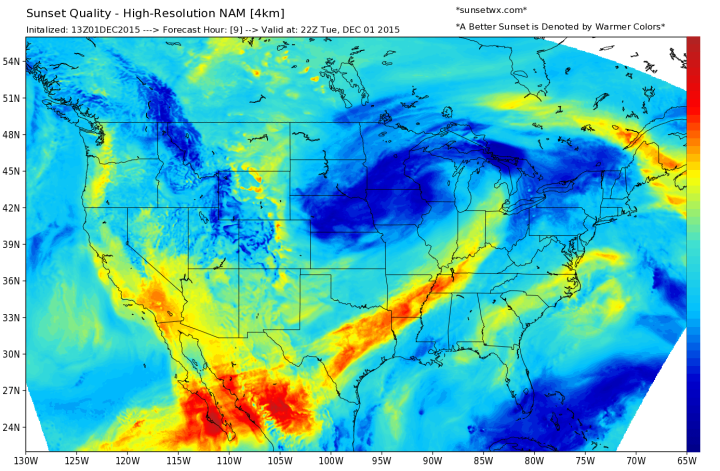 Sunsetwx.com
Sunsetwx.com
Let’s say I live in Los Angeles. I can tell right away that the sunrise is going to be beautiful. The entire state is bathed in red and orange.
So always check this before planning your shoot.
Their Twitter page is worth following as they always share some great pictures and updates there.
Weather Analysis
windy
Windy.com is an excellent weather forecast visualizer. You can turn on different layers; such as wind, thunder, rain, waves, clouds, etc.
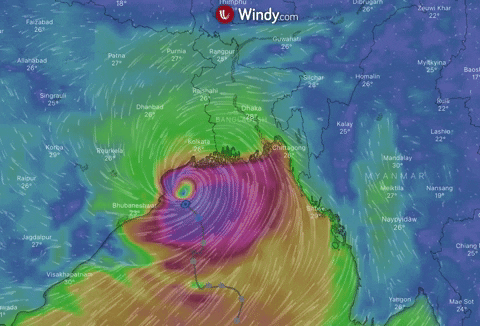 windy
windy
Once you have selected your conditions, run the forecast simulation in the bottom bar. This way you can see what results to expect.
I mean, it’s just amazing. Just look at those animations. The amount of data that we have access to today is really impressive.
Weather App
You need to pay attention to the weather. Especially in the mountains, it is very difficult to predict the weather conditions there. One of my most memorable hikes was in Gesause National Park when we were trapped in our apartment for two days because of a snowstorm.
After the snowstorm, we packed up and prepared to explore the mountains, but the snow kept getting heavier and the temperature dropped significantly on the way down the mountain. It turned out that we were not prepared for such cold and deep snow.
If I had checked some weather apps, I would have been better prepared for this hike.
Don’t make the same mistake I did. At least check some weather apps to see what conditions will be like at your destination.
Field investigation
In addition to online location scouting, I also encourage you to go on location scouts in person. This is how location managers research their movie scripts. It’s much easier than scouting online because you can experience the conditions in person.
walk
If you have enough time to visit the area multiple times, then do location scouting on site. Spend a few hours seeing which angle works best for you. In addition to composition tips, try to find exciting textures for the foreground or a suitable subject for the background.
If you can’t make multiple visits, try to arrive at your location a few hours early.
Take photos with all your lenses; wide angle, telephoto or prime, and see which lens works best for that particular location. Maybe there’s an interesting object in the background, or you spot a beautiful pattern under your feet.
Once you’ve found some exciting compositions, it’s time to explore them in different light conditions and even different seasons. I usually scout locations at sunrise and sunset. That way, I can find out which conditions work best for my scene.
take plane
If you have a drone, then you can quickly look around from the air. Maybe there’s a cute little pond behind a tree, or a beautiful waterfall in the valley. With a drone, you can quickly look around within a radius of several kilometers. Therefore, you can expand your location reconnaissance horizon.
I wrote a detailed article about drone photography. If you are new to it or want to learn more about the topic, you can read it here.
Ask the locals
Ask for recommendations from locals who may know the area better and can point out interesting places that may have never been photographed.
Even better, if you talk to landscape photographers who live in the area, they can tell you important information.
There are many Facebook groups where you can ask for help and meet new people. Don’t be shy, connect with others.
Mobile apps for location scouting
If I could recommend an app, it would be Photopills. This app will tell you all the necessary information like the direction of the sun, moon, milky way, etc. It costs only $9.99.
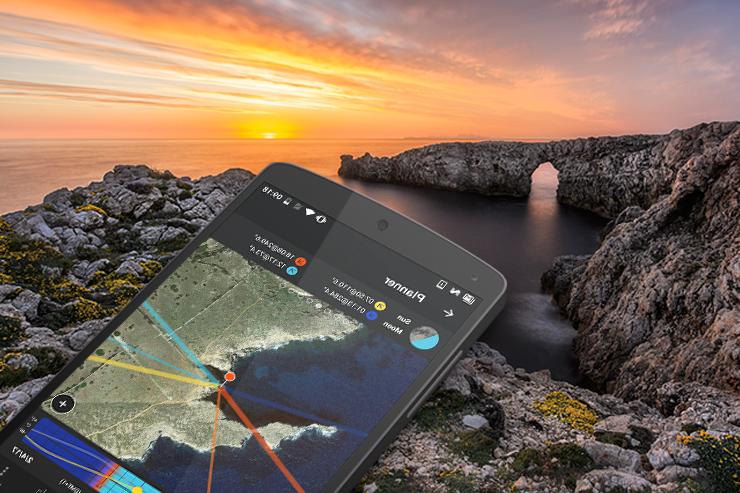 Light therapy pills
Light therapy pills
In addition to PhotoPills, I also use the following apps on my phone:
Google Maps Google Earth Weather
in conclusion
Scouting a location is crucial, so make sure you do your research and are familiar with the area before your shoot.
To sum it up:
- Using Google Maps
- Search on YouTube
- Studying light
- Check the weather
- Use the application in the field.
If you follow these steps, you will have a better understanding of your location and conditions.
But most importantly, it will greatly improve your photography.
If you’d like to add anything to this list, let me know in the comments below.
Copy this article Site Selection Tips for Landscape Photography
please put the source on the website svlsf.edu.vn
Categories: Biography
Source: svlsf.edu.vn
